Heide is hosting a survey of 40 years of work by Stephen Benwell, one of Australia’s best ceramicists, and an artist with a unique vision. I like a good bit of ancient pottery like anyone else, but I’m not a big fan of the clay tribe (though there was GHP); Benwell is different.
As you can see on his website, and in the snaps of the Heide installation below, his pots are distinctively shaped, coloured and moulded. You don’t have to be an expert to see they are handbuilt rather than thrown, and painted with verve. They are, as it were, ultra-artisanal ceramics.
He has, by expert account, great technique — the thinness of his clay walls is remarkable; the thinner the easier they crack in the kiln. And his decorations can require uo to 30 or more firings.
The excellent show catalogue (Stephen Benwell: Beauty Anarchy Desire; A Retrospective) features large images of the work and two essays. There is a long, deeply researched piece by John McPhee (Stephen Benwell: Artist-Potter) which takes us from Benwell’s beginnnings up to 1999. And a second essay by Jason Smith, Heide’s director, on his work up to now, including Benwell’s recent “Statues.”
(Aside: Jason Smith has produced a great series of shows: Whisson; Louise Bourgeois: Late Works; the superb Fiona Hall: Big Game Hunting; Mike Brown.)
The “statues” are what caught my eye. I had seen them before (at his gallery, Niagara) but shown here en masse in a vitrine, they made a big impression — they made me look, and stop and think.
The Shock of the Nude
In his Age review, Robert Nelson saves his best lines for Benwell’s figures (for some reason it’s been truncated; the PDF at the Heide page carries the three pars below).
“They’re beautiful for inscrutable reasons, both delicate and lumpy, graceful and brutal, classical and misshapen. If you expect good anatomical proportions, you won’t find them; but if you catch a glimpse of the figures from any angle, they’re immediately satisfying, adequate, with credible postures and admirable physique …
The earthenware body also has a luminous skin, often mottled with warm and cool colours … They’re applied with a certain random bravura …
Benwell’s figures are both intimate and remote, an ambiguity which they share with much sculpture of the Hellenistic period. Each piece is part ply, part guy, half squish and half dish: between a slap and a chap, they have a beguiling immanence, traditional but odd, spontaneous yet timeless, proposing an existence beyond the mould of today.”
Which is clever and stylishly put; nicely turned and observed.
But, also …
But director Jason Smith sees something else:
“Stephen’s male nudes bear a quiet, erotic intensity and elegiac poignancy. Desire, whimsy and melancholy combine to suggest longing and loss, the beauty of youth and the passing of time…”
Smith goes on to point out how “their classical origins are conflated with a contemporary sensuality. In their sinuous contrapposto stance they echo classical statuary and they follow some of the conventions of eighteenth-century figurines … but they are also, as Stephen wrote in 2005, ‘slightly perverse as their naked good looks suggest something other than a bland and innocent ornament.’ This ‘something other’ is the notion of a homoerotic or queer pastoral…”
At a floortalk Benwell noted how he had mentioned “the homosexual point of view” in a press interview. He explained, “I said it to simplify it for everybody. It’s not really anything sexual in it [the work] at all. But it’s nearly always a male it refers to. I’m a homosexual — it’s what I’m thinking about or looking at — like Bonnard’s wonderful pictures of his wife.”
Nude renewed
There is one particular pose that Benwell has returned to time and again over the last six years. The figure — they are mostly about 20 cm high — is slightly twisted with the left arm raised behind the head. It’s a pose that’s an invitation. And I know I’ve seen it before.
John McPhee says that Benwell also finds inspiration in contemporary media, like magazines and newspapers. Here is a sports clipping from Febraury this year showing Carlton player Greg Williams, photo by Ken Irwin. He looks as “graceful and brutal, classical and misshapen” as Benwell’s figures. But still, I’ve seen that pose elsewhere … it’s very old.
In Rome, a classical Greek statue of a daughter of Niobe, removing an arrow from her back.
And warmer: the classical Greek Barberini Faun in Munich.
But — now it comes — its great distant relative is Michelangelo’s Dying Slave at the Louvre. (The little white figure on the bottom left shows the relative size of the Benwell figure, statue, male nude 2007. The Dying Slave is 7′ 6″.)
I’ve encountered these sculptures only in print and on the net; the pose reminds me too of how we crook our arm to pillow our head. They comment on the classic heroic models — which is why this group of figures seem so deeply familiar and so resonant; so poignantly reduced in their great expectations.
Is putting Benwell next to Michelangelo presumptious, unfair and ridiculous? Well, of course. But it’s also to point out not only where that image memory comes from, but where it has now arrived at. Benwell’s naked little men are not heroic matyrs or slaves struggling against the powers that be, or triumphing against Goliaths. They are a small gathering of contemporary men, at one end of the line of the very old art project of the nude — sensualised, vulnerable, maybe a little dumb, profoundly doubtful.
Benwell has recalled, and called upon his Western heritage to summon up an image for our times. He has made something new from something old; it is original and it feels true — insight made flesh — a glance tells us, makes us feel, more than any amount of wall text. It’s a rare and fine achievement.

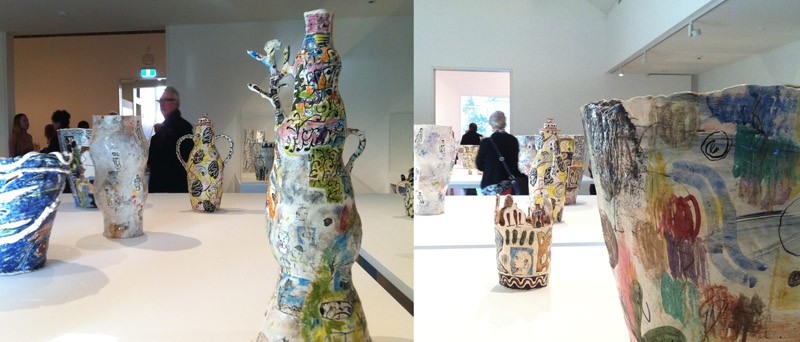
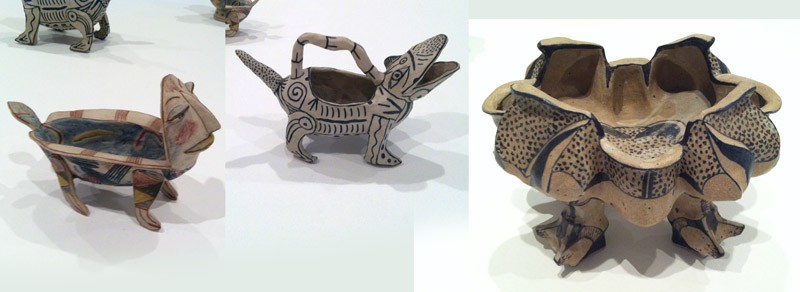


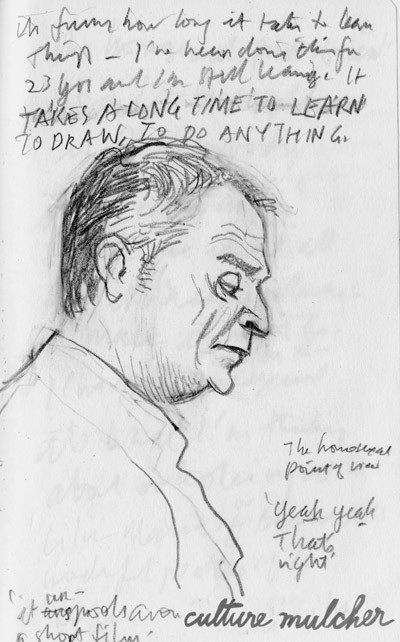
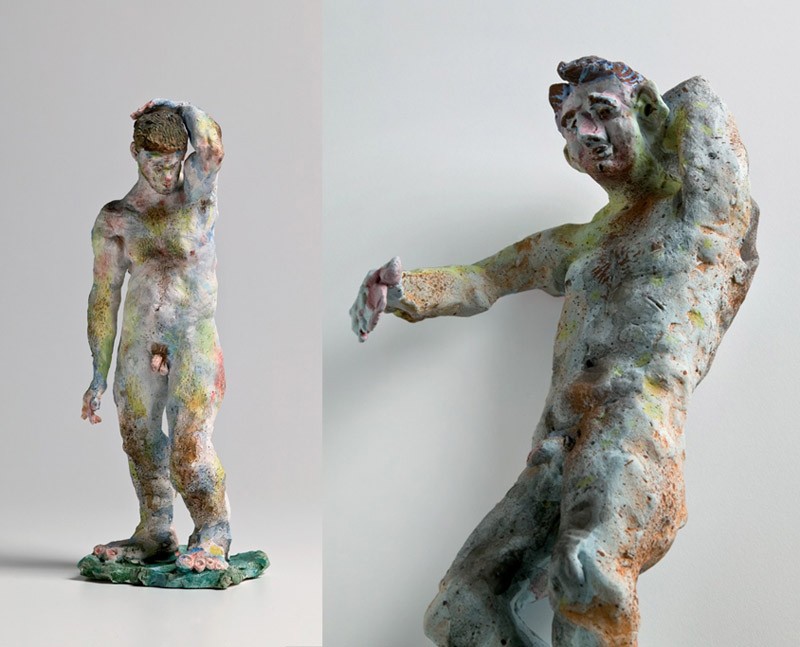


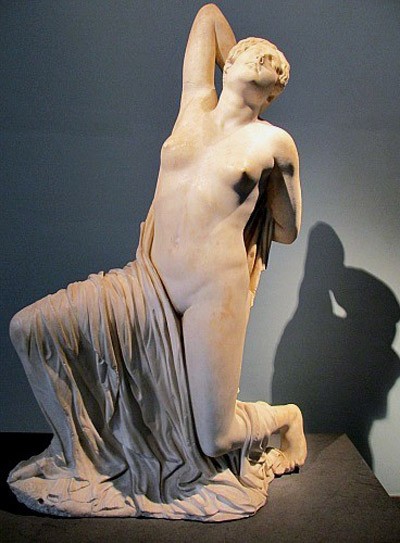









Crikey is committed to hosting lively discussions. Help us keep the conversation useful, interesting and welcoming. We aim to publish comments quickly in the interest of promoting robust conversation, but we’re a small team and we deploy filters to protect against legal risk. Occasionally your comment may be held up while we review, but we’re working as fast as we can to keep the conversation rolling.
The Crikey comment section is members-only content. Please subscribe to leave a comment.
The Crikey comment section is members-only content. Please login to leave a comment.